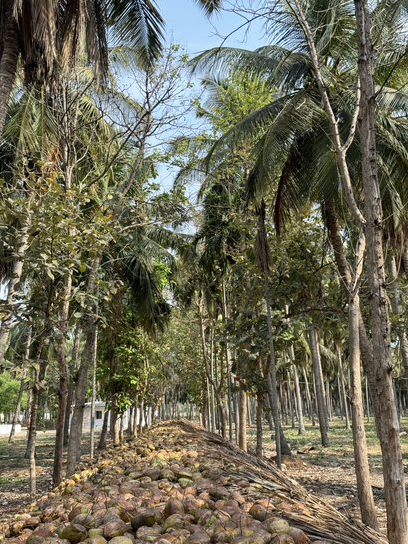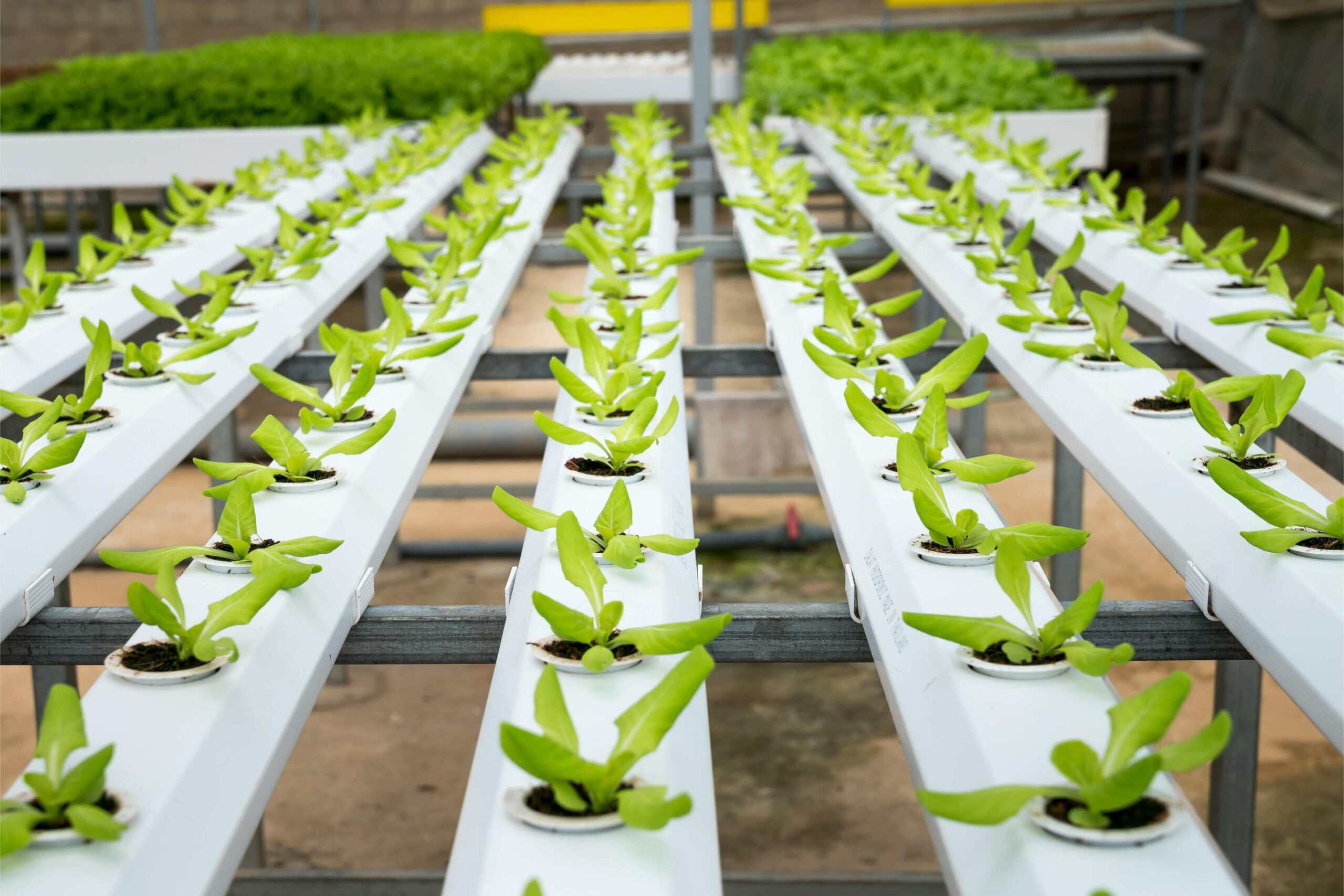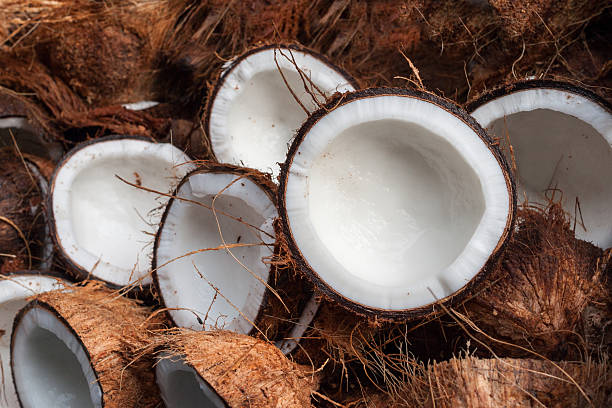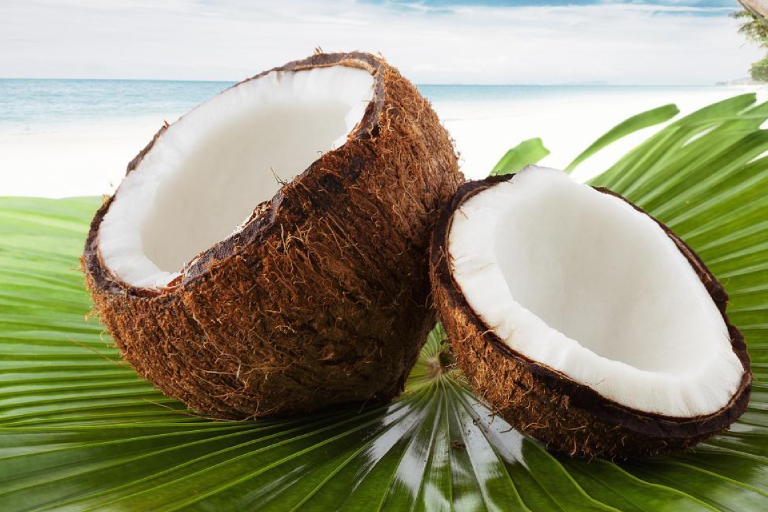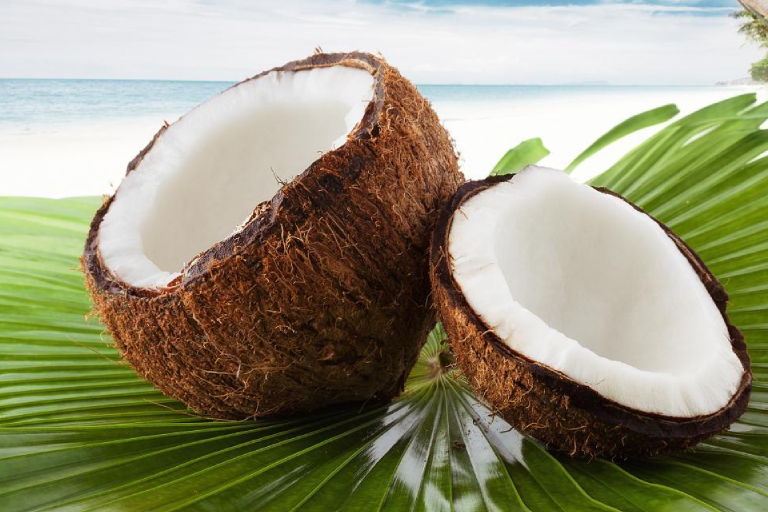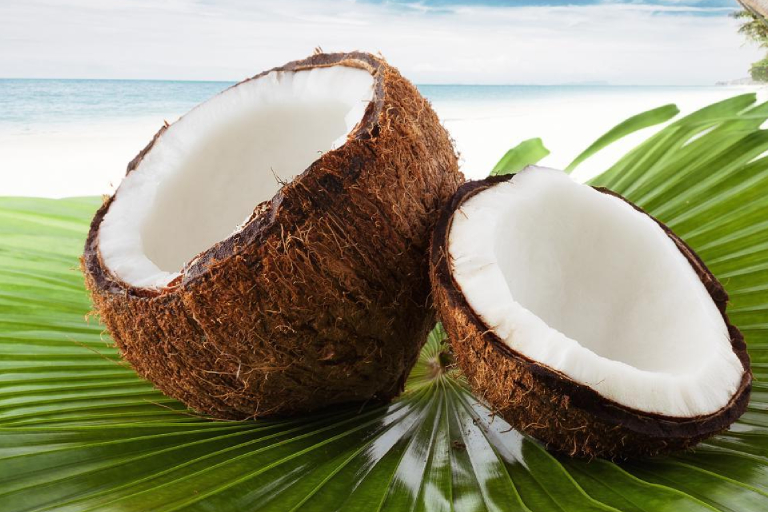Nutmeg Intercropping in Coconut Farms
Posted by Coco Grove on Feb 4, 2025
A Comprehensive Guide
Nutmeg (Myristica fragrans) intercropping within coconut farms is a sustainable and profitable farming practice. This guide provides an overview of the requirements, benefits, and techniques for successfully cultivating nutmeg alongside coconut trees.
Why Intercrop Nutmeg with Coconut?
- Optimal Land Utilization: Nutmeg thrives in the shaded conditions provided by coconut palms.
- Increased Income: Offers an additional high-value crop from the same land.
- Soil Health: Nutmeg’s leaf litter improves soil organic content and moisture retention.
- Climate Adaptation: Nutmeg is a tropical crop well-suited to conditions in coconut-growing regions.
Ideal Growing Conditions
- Climate:
- Temperature: 20–30°C
- Rainfall: 1,500–3,000 mm annually
- Humidity: 60–80%
- Soil:
- Loamy, well-drained soil with high organic matter
- pH: 5.5–6.5
- Shade: Nutmeg thrives under partial shade (50–60%), which mature coconut trees naturally provide.
- Spacing: Maintain appropriate spacing for light and air circulation. Coconut trees are typically planted at 7.5–8 meters, while nutmeg can be planted in between.
Intercropping Layout
- Coconut Planting:
- Space coconut palms 7.5–8.5 meters apart.
- Nutmeg Planting:
- Plant nutmeg saplings between coconut rows, maintaining a spacing of 4–5 meters between nutmeg plants.
- Ensure that the planting pits (50 cm³) are filled with a mixture of topsoil, compost, and organic manure.
Cultivation Practices
- Planting:
- Use grafted or high-quality nutmeg seedlings to ensure better yield.
- Plant male and female nutmeg plants in a ratio of 1:10 to ensure adequate pollination.
- Irrigation:
- Provide regular irrigation, especially during dry spells.
- Drip irrigation is highly effective for nutmeg.
- Fertilization:
- Coconut: Apply NPK fertilizers and organic manure as per soil test recommendations.
- Nutmeg: Fertilize with nitrogen, phosphorus, potassium, and magnesium for healthy growth.
- Mulching:
- Use organic mulches like coconut husk or coir pith to retain soil moisture and suppress weeds.
Pest and Disease Management
- Common Pests:
- Nutmeg: Leaf miners, scale insects, and nut borers.
- Coconut: Rhinoceros beetles and red palm weevils.
- Use biological control agents and neem oil sprays where possible.
- Diseases:
- Nutmeg: Anthracnose, fruit rot, and leaf spot.
- Maintain good field hygiene and use fungicides if necessary.
Harvesting and Yield
- Nutmeg trees begin yielding from the 7th to 8th year after planting.
- Mature nuts split open naturally, revealing the seed and red aril (mace).
- Harvest seeds and mace separately, sun-dry them, and store in a cool, dry place.
Challenges and Mitigation
- Competition for Resources:
- Ensure balanced fertilization and irrigation for both crops.
- Shade Management:
- Prune coconut fronds to avoid over-shading.
- Initial Investment:
- Nutmeg has a long gestation period but provides high returns once established.
Let me know if you’d like to add images, charts, or specific details on nutmeg farming practices!

